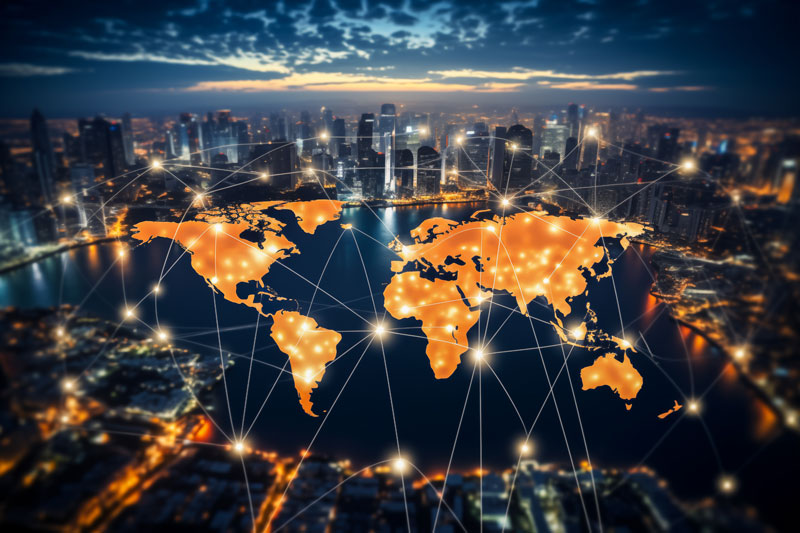When it comes to disruptions in the supply chain, there are the kinds an organization can prepare for and the kinds that are harder to anticipate. The disruptions brought about by the pandemic fell into the unanticipated category, and even though the problems brought on by some natural disasters can be expected, a bigger-than-expected weather event can be hard to work around.
Organizations can expect certain disruptions, though, for which customers will hold them accountable. Product shortages, for example, or shipping delays are frustrations that an organization might not have complete control over, but are expected to be able to handle. And the way they can handle them is through data.
Data transparency
There is no shortage of data that can help an organization navigate its supply chain. The question often surrounds what data is available. The more transparent the data, the better prepared various stakeholders within an organization can be to make decisions.
Organizations are increasingly able to track materials and products, but how they handle that information is important. If there is one person monitoring one product, that product is likely to be taken care of, but it doesn’t necessarily benefit the organization as a whole. The more widely that information is shared throughout the organization, the better that data can be used to make decisions about other products and what direction to go in the future.
Customers, too, benefit from this kind of data transparency, being able to see exactly where their packages are from the moment they order them until it arrives on their doorstep.

Governments working on transparency
Sharing data is on the minds of those monitoring the supply chain at the highest levels of government. In August, President Biden, South Korea President Yoon Suk Yeol, and Japanese Prime Minister Fumio Kishida met and agreed to launch a pilot program for a supply chain early warning system.
With an emphasis on more sustainable products, like electric vehicles, comes a demand for certain raw materials. Those materials are required for items like semiconductors and batteries that power more environmentally-friendly products. The materials are also not as plentiful in parts of the world.
Through the pilot program, the three countries would exchange information about possible disruptions to key production and logistics networks, and pool resources. That would include the minerals in an effort to make sure the world is not overly reliant on China, which has limited exports of some of the materials. It would also include sharing knowledge, technology, and supply chain management best practices.

What your organization could learn
There are certainly political motivations at play with this pilot program. For South Korea and Japan, there is an effort to make sure there is a balance of power in East Asia. For the United States, the move is in large part to make sure the country has the materials needed to produce the kinds of sustainable products it wants to make entirely within its borders.
But there are lessons to be learned for organizations that are not working on such a global scale. One is the power of data. Having information at your fingertips and having the right analytics solution to be able to make sense of that data can keep you ahead of your competition, whether that’s a rival company or a rival country. Transparency is important, too. The more data and best practices are shared, the better one’s chances at success. Sometimes that means sharing information, or the way you gather your information, with other organizations.
One of the most important results of the data pact between the United States, South Korea, and Japan could be one of the simplest. The work between the three countries could involve not just government officials but also representatives from private companies, and there is a chance that it can grow to include other countries or other entities.
That means more and more data is coming together to figure out how the supply chain works best. Although their focus is on certain kinds of raw materials, some of the resulting information is bound to be useful to other organizations in other industries. When data is transparent and it is used to find what works best, everyone wins.

- Analyzing the Challenges of Pharmaceutical Supply Shortages - April 26, 2024
- Summer is an Opportunity for Digital Transformation in Education - April 17, 2024
- Your Car is Tracking More than Miles per Hour - April 11, 2024



